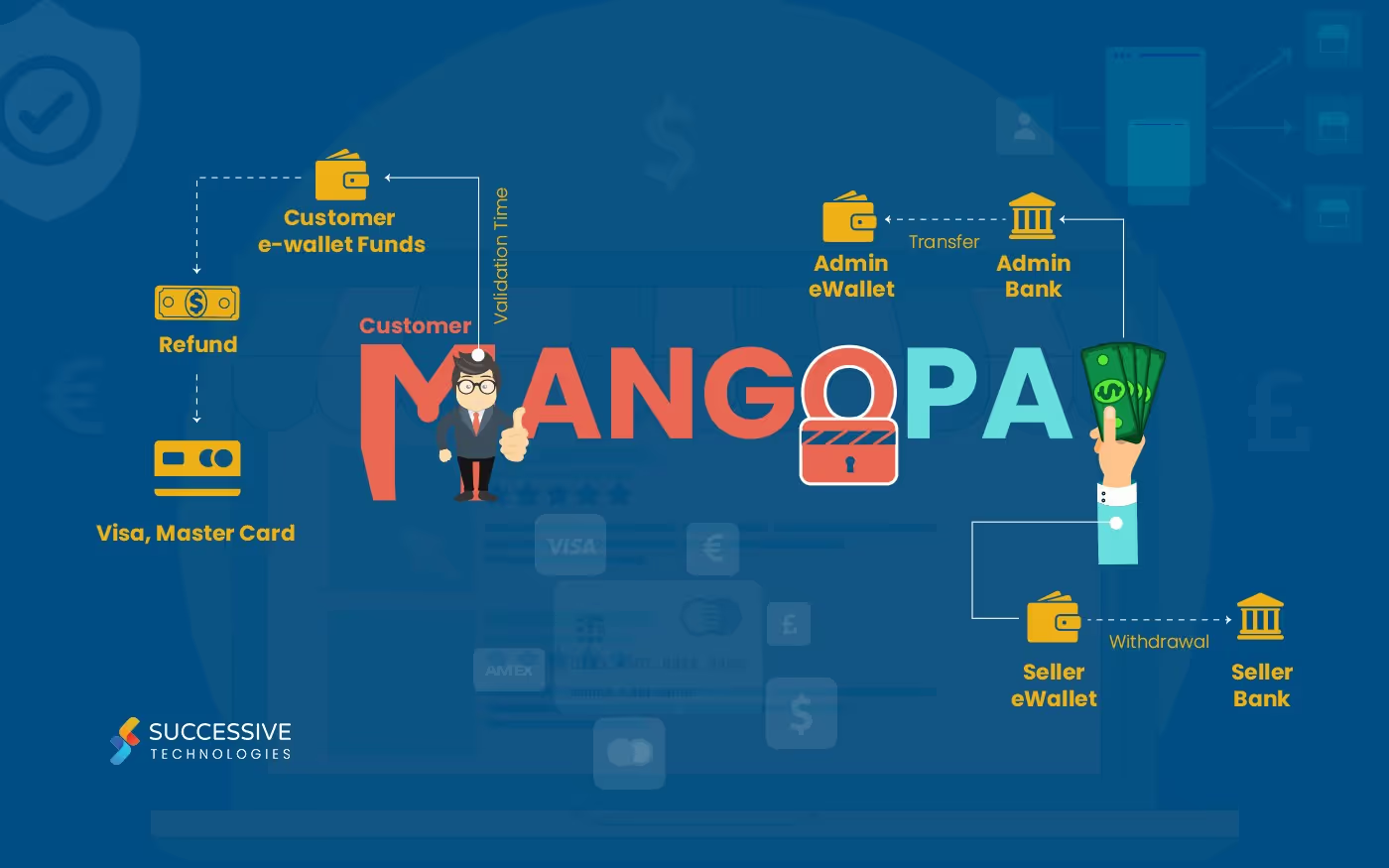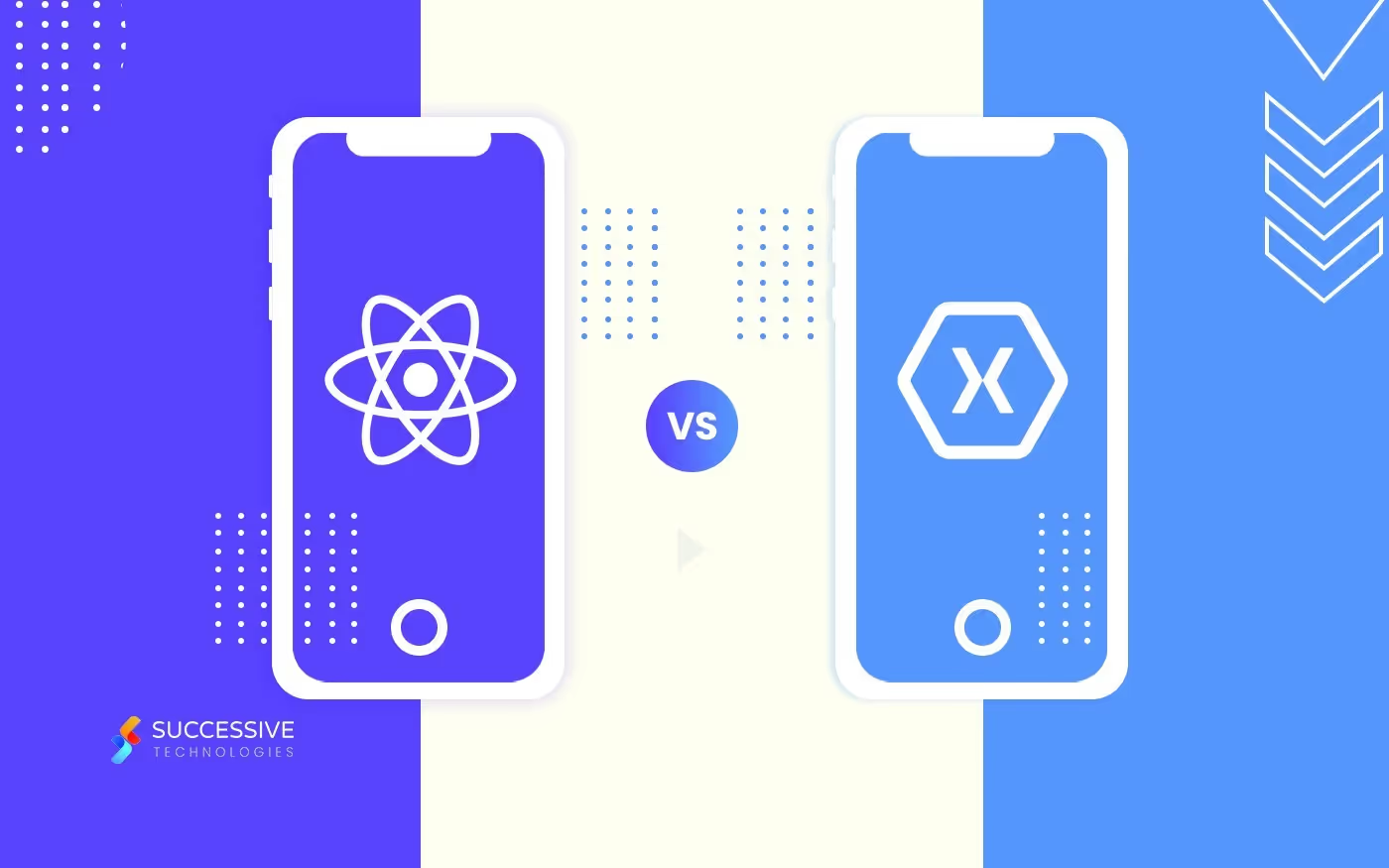Geographic information systems (GIS) are more important than ever in the current digitally connected world. With organizations in all sectors seeking to visualize, analyze and communicate spatial data in an efficient manner, there is a skyrocketing demand for web GIS applications that are powerful and easy to use. ArcGIS Experience Builder by Esri has become one of the most popular tools to address this requirement, allowing developers, GIS professionals, and decision-makers to build immersive, dynamic, and highly customizable web GIS experiences without writing a lot of code.
This blog discusses how to use the power of ArcGIS Experience Builder to create immersive web GIS applications. We will explore its main features, compare it with the old tools such as Web AppBuilder, talk about templates and design strategies, and give some ideas on how to use ArcGIS Experience Builder to turn spatial data into interesting and interactive stories.
What Is ArcGIS Experience Builder?
ArcGIS Experience Builder is the new web app development framework offered by Esri to build advanced, adaptable GIS applications. Experience Builder is unlike other GIS tools which can only be used in mapping and spatial analysis. It enables creators to build cross-page, widget-enriched experiences that integrate maps, text, multimedia, as well as data-driven content in a smooth way.
In contrast to the earlier Esri solutions that were map-centric, Experience Builder creates new opportunities. How? By optimization immersive layouts, such as single-page apps and multi-screen experiences for desktop and mobile devices. This flexibility has quickly made ArcGIS Experience Builder the right choice for the users. The reason being a favorite of users who desire to reach a broad audience with spatial storytelling.
Why Choose ArcGIS Experience Builder? The Benefits
- Adaptable Layouts and Designs: Experience Builder allows you to customize the interface of your application to the pixel. You will be able to create responsive layouts. You will be able to add widgets in your own unique manner. You’ll also be able to develop unique user paths that will appeal to your audience.
- Multi-Page Support: Experience Builder is compatible with any kind of application. It also has multi-page applications, which may be used to create more detailed stories and to divide GIS content.
- No-Code and Low-Code: The drag-and-drop interface allows non-programmers to develop interesting apps within a short time. In case it is needed, APIs and custom widgets can be used to extend functionality as well.
- Cross-Device Compatibility: Experience Builder apps are responsive. They help to deliver an immersive experience by making GIS applications look and work flawlessly on desktops, tablets, and smartphones.
- ArcGIS Online and Enterprise Integration: The tool is well-connected with your ArcGIS ecosystem. You can access your hosted feature layers, web maps, and data services without any hassle.
Why Migrate to ArcGIS Experience Builder from Web AppBuilder
The migration of Web AppBuilder to ArcGIS Experience Builder is not an optional one and rather an upgrade to keep pace with time and make the applications future-proof. Here’s why:
1. Web AppBuilder Is Going Away
As it has been officially announced by Esri, Web AppBuilder is to be retired in February 2026. Thereafter, no updates, support, and security patches will be provided to it. The further use of it may present operational and security hazards.
2. Modern and Adaptable UX
Experience Builder gives much more control of design and layout. It allows you to create respondent user-added interfaces in contrast to Web AppBuilder, which has fewer templates and adapts to any screens, sizes needed and complexity.
3. Constructed upon modern technology
Experience Builder is constructed with the latest frameworks available such as React, which makes it more scalable, maintainable, and able to suit rapidly evolving web standards. Compared to Web AppBuilder, on the other hand, it comes along with dated frameworks that are increasingly non-extendable.
4. Expanded Functionality
Experience Builder has capabilities designed to support multi-page applications, and experiences that are more narrative-based. Web AppBuilder does not support multi-page apps that limit storytelling as well as engagement with the users.
5. Developer-Friendly Workflow
Experience Builder is targeted at non-developers and professional developers. It allows you to drag and drop-build apps or add your own custom code all in the same environment.
The migration to ArcGIS Experience Builder is a necessity to support, secure, and innovate the future. Web AppBuilder will be phased out in February of 2026, which means it is time to begin to plan your migration.
ArcGIS Experience Builder Templates: Rapid Start
One of the easiest ways to enter Experience Builder is by using ArcGIS Experience Builder templates. These templates provide ready-made layouts and widgets that accelerate your development without compromising customization.
Typical templates are:
- Blank Template: A blank template is a blank sheet of paper, and it is most appropriate to those who like to be in full control.
- Basic Template: A simple design that has the required widgets including maps, legends, and search, which is suitable to be used in quick GIS applications.
- Dashboard Template: This is a template that is applied to show different data views and charts with maps, which is perfect in monitoring and analytics.
- Guide Template: Emphasizes storytelling, integrating maps with text and multimedia in a narrative sequence.
These templates are responsive and possess core sets of widgets that are configurable. They are flexible and you can add, delete or customize widgets to reflect your branding and user experience goals. Templates will also provide you with a sense of what the best practices are regarding app structure, widget interaction, and user flow, so they are a good place to begin, especially when you are new to the platform.
The Step-by-Step Guide to Using ArcGIS Experience Builder
Let me give you a top-level description of how to create an immersive web GIS application using ArcGIS Experience Builder:
Step 1: LogIn to Experience Builder
Open your ArcGIS Online or Enterprise account and go to the Experience Builder environment. You may create a new experience or choose a template to edit.
Step 2: Select a Layout
Choose a layout that will be appropriate to your project objectives. Experience Builder provides free-form canvas grids and grid systems. Such flexibility allows you to develop apps that are optimized to desktop or mobile experiences.
Step 3: Add and Configure Widgets
Widgets are the building blocks of your application — map viewers, lists, charts, search tools, legends, filters, and more.
Drag widgets to your layout canvas and setup widgets by binding to your GIS layers or services. As an example, place a Map widget that points to your ArcGIS Online web map, and then place a Filter widget so that the user can interactively query data.
Step 4: Personalize look and Interaction
Change widget styles, color, fonts and behavior to fit your branding and UX objectives. These actions that you can configure include widget events, dynamic visibility, and data-driven filters.
Step 5: Add Multi-Page Navigation (if it is necessary)
In case your app needs storytelling or compartmentalized content, create pages and set up navigation between them. The pages may contain various maps, charts or media, giving a layered, immersive experience.
Step 6: Preview and Test
Try to resemble the appearance of your app on other devices using the in-built preview tools. Testing provides usability in desktop, tablet, and smartphone screens.
Step 7: Publication and Sharing
When you are happy with your experience, you can publish it to your ArcGIS organization or share it publicly. You may integrate your app into websites or refer to it.
Expert-level Hints to Creating Immersive Experiences
To go one step further, remember the following:
- Use Custom Widgets: Developers can create custom widgets using the React framework and add them to the capabilities of the Experience Builder.
- Use Data-Driven Styling: Highlight important spatial patterns with dynamic symbology and conditional formatting.
- Add Multimedia: You can add videos, images and documents to your maps to tell better stories.
- Performance Optimization: Be attentive in the use of hosted feature layers, keep widgets simple, and test load times to provide seamless user experiences.
Real-World Applications of ArcGIS Experience Builder
ArcGIS Experience Builder helps organizations create transformative applications. Let’s take a look how it works:
- Urban Planning: The team is allowed to access zoning, demography and development proposals in interactive dashboards easily.
- Environmental Monitoring: Multi-page apps give the current data on air quality, water, and wildlife habitat.
- Emergency Management: Responsive apps allow the first responders to know the location of the incidents, location of the deployed resources, and evacuation lanes.
- Public Engagement: The storytelling applications use maps and multimedia to educate the communities about the local history, hazards or infrastructure projects.
The Future of Web GIS is Immersive
ArcGIS Experience Builder is not just a tool. It is a platform that enables organizations to transform the way spatial information is shared and consumed which allows immersive, interactive experiences that are much more than just a static map. It does all of it by simply integrating powerful GIS with contemporary web design and development.
When you want to create engaging web GIS applications, it is critical to have the ability of decision-making, and conveying rich spatial narratives. Here is when learning ArcGIS Experience Builder becomes crucial. Begin with templates, play with widgets, and be creative. Web GIS of the future is immersive, interactive, and driven by Experience Builder.
.avif)










.jpg)









